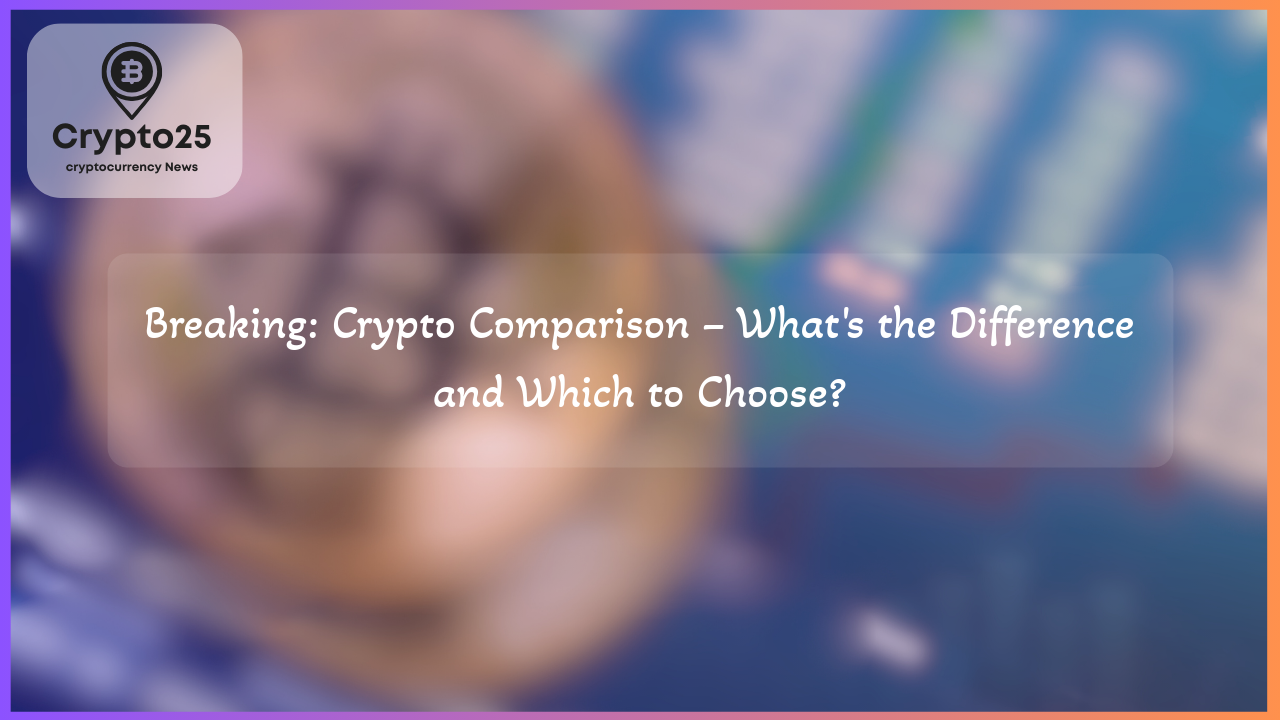
The dynamic world of cryptocurrency presents two popular financial models: Decentralized Finance (DeFi) and Centralized Finance (CeFi). While both enable users to trade, lend, and earn, key differences lie in their structure, control, and accessibility. This guide explores DeFi vs. CeFi, dissecting their features, pros, and cons to help you determine which approach fits your financial goals.
What is Centralized Finance (CeFi)?
Centralized Finance, or CeFi, mirrors traditional finance by relying on trusted intermediaries such as exchanges and financial institutions to manage assets and transactions. CeFi services route all operations—like trading, lending, and borrowing—through platforms like Binance, Coinbase, or Kraken. Users willingly deposit crypto with these platforms, granting custody control to the exchange.
CeFi’s reliance on a centralized authority comes with trade-offs. While users enjoy customer support, regulated environments, and user-friendly tools, they sacrifice control over their funds. CeFi platforms also inherently carry custodial risks, as security breaches or platform mismanagement can result in the loss of assets. However, for newcomers or those hesitant about managing private keys or navigating complicated interfaces, CeFi provides a more accessible and familiar way to dive into crypto.
Key Features of CeFi
Understanding the unique characteristics of Centralized Finance helps clarify why it remains a popular entry point for many crypto enthusiasts:
- Custodial Services: CeFi platforms take custody of your funds and manage private keys.
- KYC Compliance: Users undergo identity verification to ensure adherence to local legal frameworks.
- Customer Support: Platforms offer account assistance, recovery services, and transaction issue resolution.
- Robust Features: CeFi platforms integrate fiat gateways, lending protocols, and margin trading tools into one ecosystem.
- Trust in Institutions: Familiar structures mirror those of traditional banks, making CeFi more appealing to those skeptical of decentralized systems.
What is Decentralized Finance (DeFi)?
Decentralized Finance, or DeFi, represents a groundbreaking shift in how people access financial services. By removing intermediaries, DeFi leverages blockchain technology and smart contracts—self-executing code on networks like Ethereum and Binance Smart Chain—to handle transactions transparently and autonomously.
DeFi provides users with complete control over their assets via non-custodial wallets like MetaMask and Trust Wallet. Services in DeFi go beyond CeFi offerings, enabling decentralized trading, liquidity pooling, staking, and yield farming—all without requiring approval or relying on centralized authorities. The trust in DeFi lies in openly auditable code and blockchain technology, offering unparalleled transparency to global users.
However, the nascent nature of DeFi introduces risks such as smart contract vulnerabilities, limited customer support, and steep learning curves for newcomers. For all its potential, DeFi demands tech-savvy users capable of navigating blockchain environments and managing their finances independently.
Key Features of DeFi
DeFi disrupts traditional financial norms by granting complete autonomy to users. Here’s how it excels:
- Permissionless Access: Anyone with a crypto wallet can access DeFi platforms without having to sign up.
- Non-Custodial Control: Users handle their private keys and remain responsible for their digital assets.
- Transparency: All transactions and smart contracts are public and verifiable on the blockchain.
- Innovation-Driven Ecosystem: DeFi platforms push boundaries with yield farming, liquidity mining, and tokenized real-world assets.
- Interoperability: Seamlessly connect across multiple blockchains for diverse opportunities.
DeFi vs. CeFi: Key Differences
The following table encapsulates the contrasts between CeFi and DeFi, providing an at-a-glance comparison:
| Feature | CeFi (Centralized Finance) | DeFi (Decentralized Finance) |
|---|---|---|
| Custody of Assets | Managed by the platform | Fully controlled by the user |
| KYC Requirements | Mandatory for compliance | Not required |
| Transparency | Internal and opaque systems | Open-source and on-chain |
| Security Risks | Prone to platform hacks | Exploitable smart contracts |
| Accessibility | Restricted by jurisdiction | Global and permissionless |
| Innovation Speed | Slower due to regulations | Rapidly evolving and experimental |
Benefits and Drawbacks of CeFi and DeFi
When deciding between CeFi and DeFi, it’s essential to understand their advantages and challenges:
Advantages of CeFi:
- User-friendly interfaces and robust customer support systems foster seamless adoption.
- Fiat integration enables direct access to crypto through bank transfers or credit cards.
- Platforms like Coinbase and Binance offer security assurances, including insurance on funds.
Challenges of CeFi:
- Loss of custody and reliance on centralized structures increase exposure to hacks or mismanagement.
- Higher transaction fees and strict regulatory processes can deter advanced users.
Advantages of DeFi:
- Full autonomy grants users ultimate control over their digital assets.
- Open, transparent systems ensure accountability without relying on intermediaries.
- Innovative features like lending pools and staking yield make DeFi appealing to tech-savvy investors.
Challenges of DeFi:
- The absence of official support leaves users responsible for resolving missteps.
- Smart contract vulnerabilities and fluctuating blockchain fees pose risks for beginners.
Why Choosing Between DeFi and CeFi Matters
Failing to recognize the differences between CeFi and DeFi could lead to financial missteps. CeFi supports seamless fiat-to-crypto conversion and provides structured services, making it ideal for beginners. On the other hand, DeFi’s decentralized architecture is perfect for individuals seeking autonomy and innovation in their financial strategies. Ultimately, understanding these differences allows users to maximize financial outcomes while controlling risks.
Can CeFi and DeFi Work Together?
Despite their differences, CeFi and DeFi are increasingly interconnected. CeFi platforms now adopt DeFi tools like staking, while DeFi protocols leverage centralized exchanges for liquidity and fiat conversions. This interplay highlights an evolving ecosystem where these systems coexist, each serving complementary roles in advancing global financial accessibility.
Final Words
Whether you’re drawn to the simplicity of CeFi or the autonomy of DeFi, both paths offer unique strengths in the evolving crypto space. For beginners, CeFi provides a safety net with familiar tools and support. Advanced users or those seeking transparency may gravitate toward DeFi’s bold, permissionless ecosystem. Thoughtful exploration of both systems ensures you’re positioned to succeed in the future of financial innovation.
